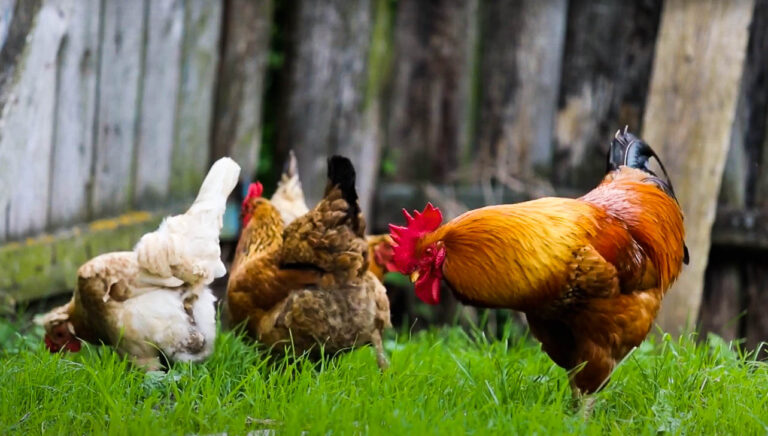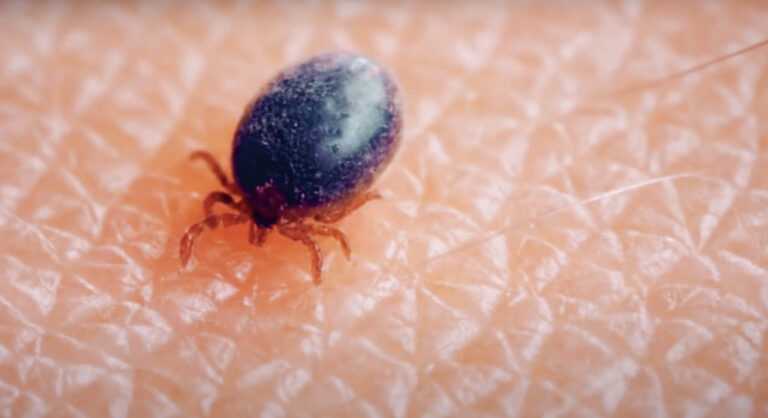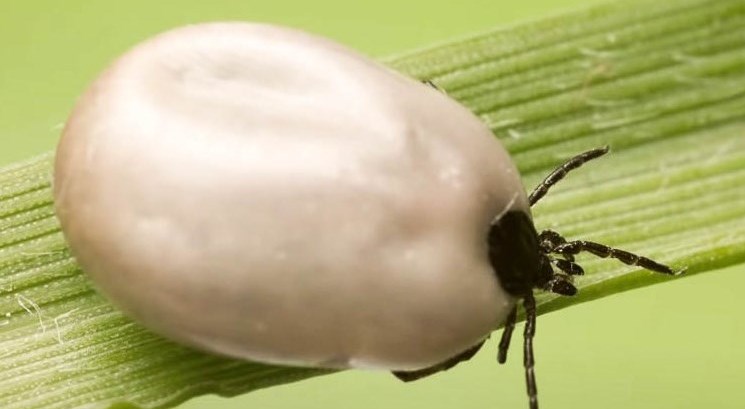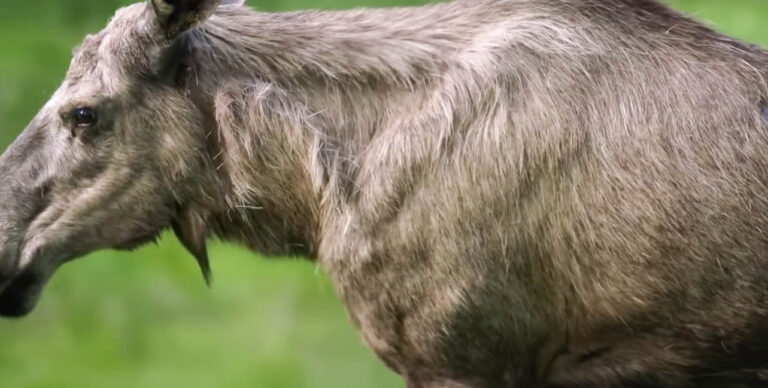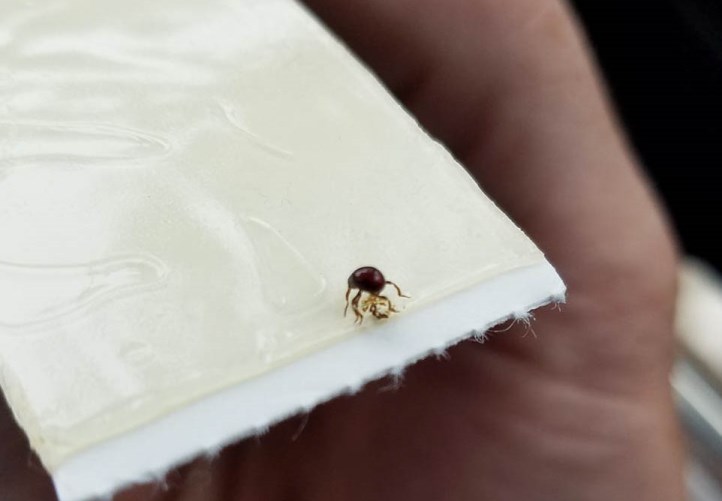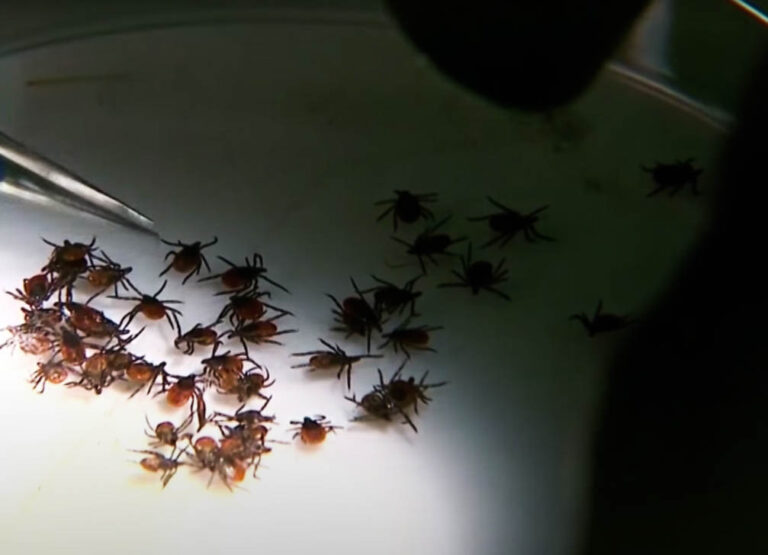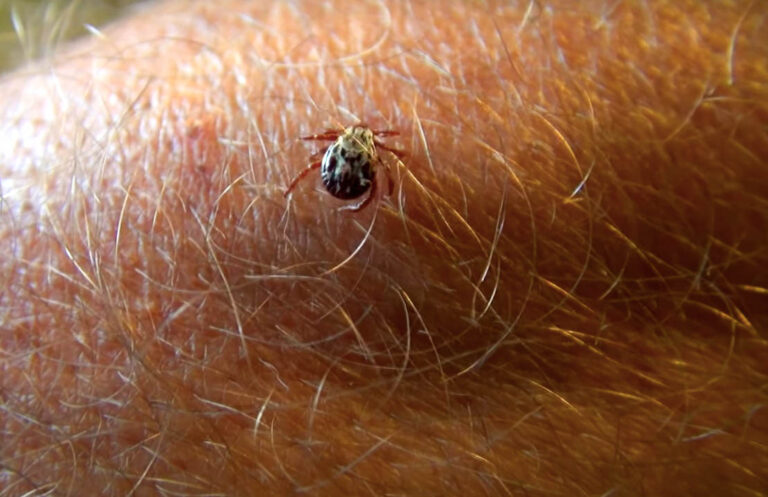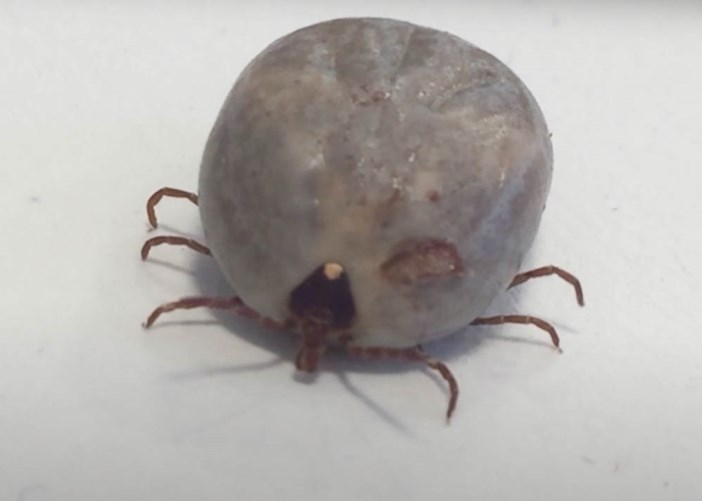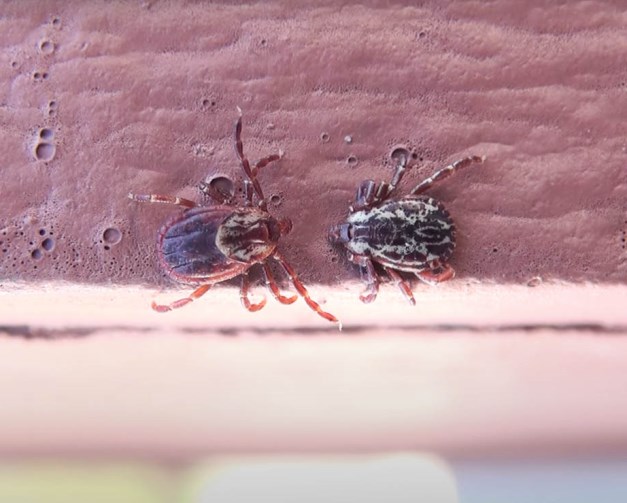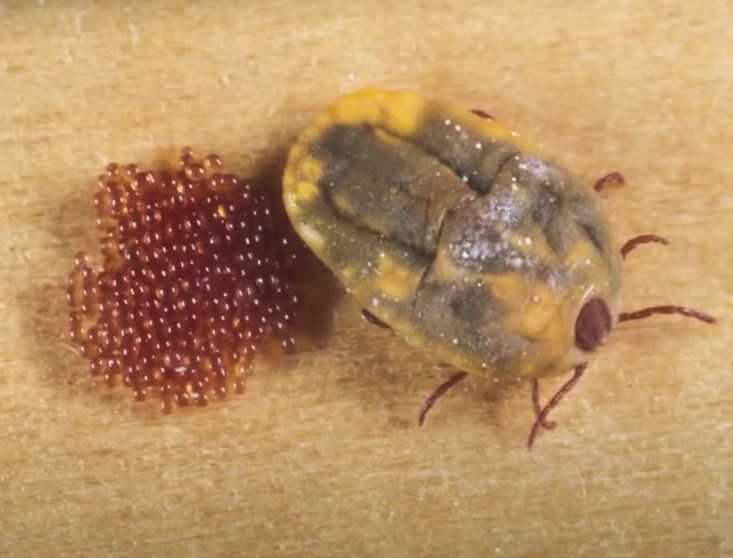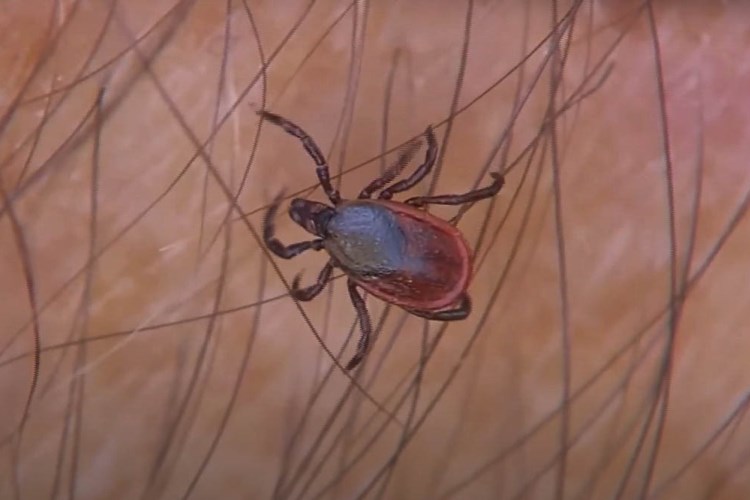About Asian Longhorned Ticks
About Asian Longhorned Ticks
Asian longhorned ticks are otherwise known as bush ticks and cattle ticks in Australia and New Zealand respectively. They are natives of East Asia that are steadily spreading across locations including the US.
The ticks are important vectors of human and veterinary diseases. They are also known for the wide range of hosts they feed on, with their hosts differing across locations.
Appearance
The average length of the Asian longhorned tick is between 0.58 mm and 0.62 mm. The average width is between 0.47 mm and 0.51 mm. Adult males and females are reddish-brown in color. Adult male and female Asian longhorned ticks can be differentiated according to their scutum. The females have smaller scutum than males. The scutum of the females could only cover the anterior side of the dorsal part of the body, while the scutum of the males covers the entire dorsal part of the body.
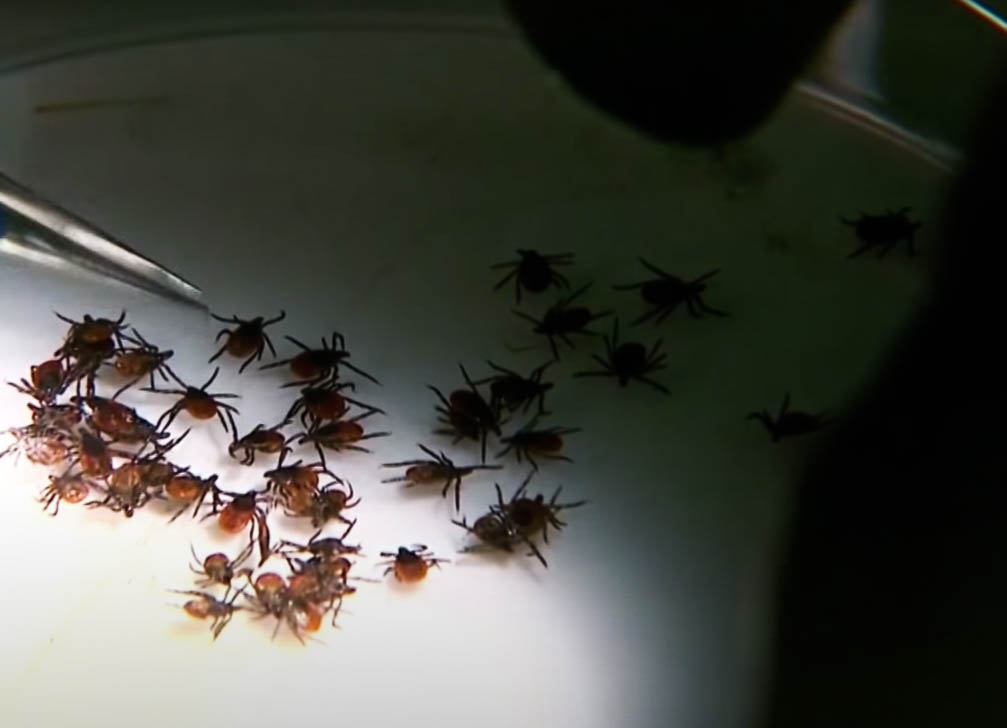
Behavior
The ticks feed on a wide range of hosts. Their host preference differs according to their availability. Preferred hosts range from birds, horses, and goats to deer, rodents, and cats.
They carry different pathogens between animals and from animals to humans. They carry pathogens that cause diseases like canine babesiosis and human ehrlichiosis. They carry the pathogens from infected to uninfected hosts when they take blood meals.
Temperature and day length specifically influences the distribution of the ticks in an area. When the environmental conditions are unsuitable, they could enter a dormant stage.
Like other ticks, the Asian longhorned ticks climb to the top of vegetation to be able to attach to suitable hosts.
Life Cycle
The Asian longhorned tick has different hosts in its different developmental stages. All the different stages need blood to develop. The adult female takes sufficient blood meals, digests the nutrients, and produces eggs. In a period of two to three weeks, the adult female can produce about 2,000 eggs. The adult females die after producing large numbers of eggs.
Eggs of Asian longhorned ticks mature into larvae after about 25 days. The actual length of this maturity is dependent on environmental factors like temperature and humidity. The larvae need blood meals to molt into nymphs and will begin looking for hosts almost immediately. They feed on the host for a period ranging from three to nine days. After getting a sufficient blood meal, the larvae drop off the host, digest the blood, and molt into nymphs. The molting takes a period of two to three weeks.
The nymphs also look for suitable hosts and will take blood meals for a period that ranges from three to eight days. They also fall off the host after taking a sufficient blood meal. The digestion of the meal takes about 18 days. Afterward, they become adult ticks.
Adult ticks also seek hosts to feed on. They take blood meals for periods that range from 7 to 14 days. The female has to feed to full engorgement size to produce eggs. Thus, they typically feed for longer periods than the males that do not need to attain full engorgement size. The entire life cycle of the Asian longhorned tick takes about six months and could be influenced by host availability.
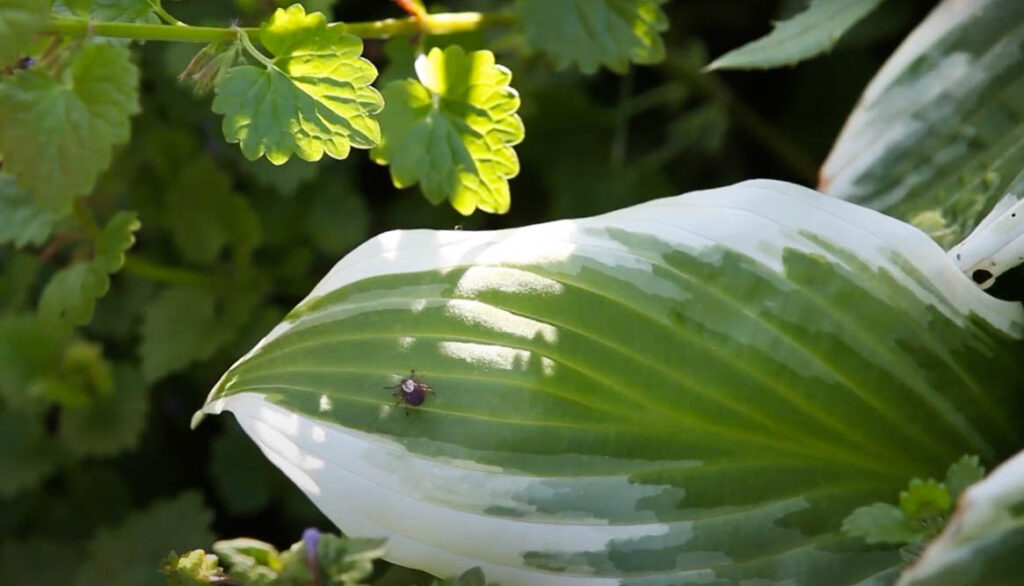
Temperature and day length also affects the length of the entire life cycle. The rate of development increases with temperature increase until the maximum temperature is achieved. The maximum temperature is typically 40 degrees Celsius.
It is noteworthy that Asian longhorned ticks have two reproduction modes. Ticks can develop from eggs fertilized by a male as well as unfertilized eggs.
Habitat
The ticks are natives of East Asia. Established populations of the ticks have been identified in locations such as New Zealand, Australia, and the Pacific islands. They have also been identified in the United States.
They live in outdoor habitats and are more commonly found in grassland and pasture vegetation than in forests. They are rarely found indoors.

